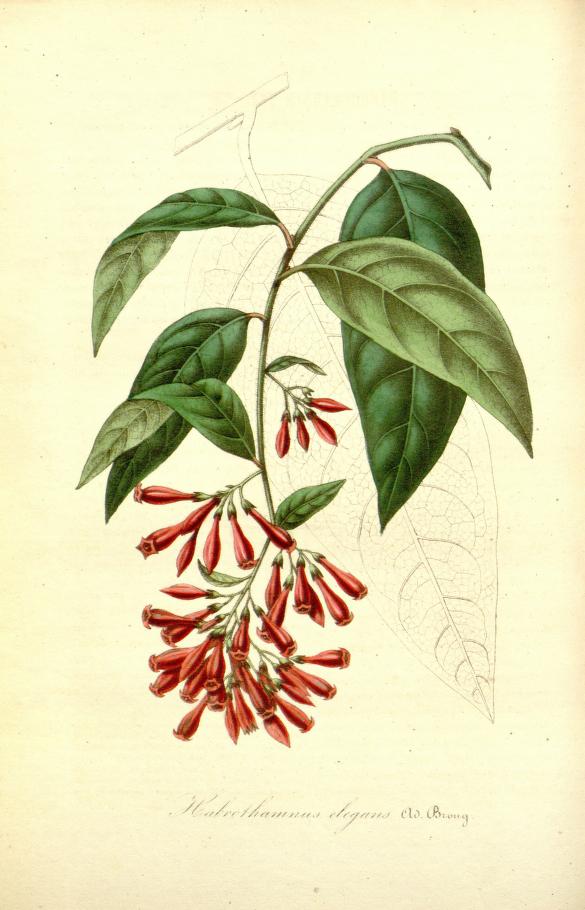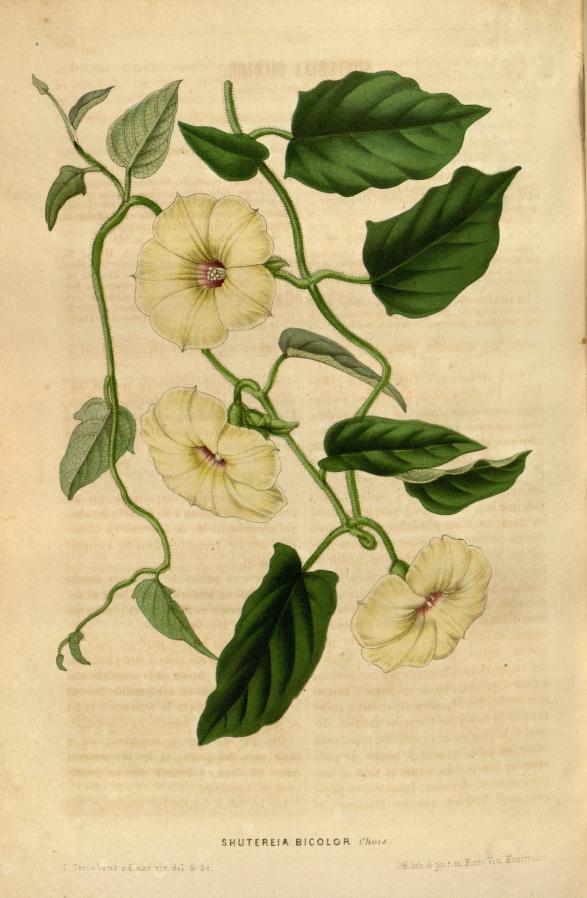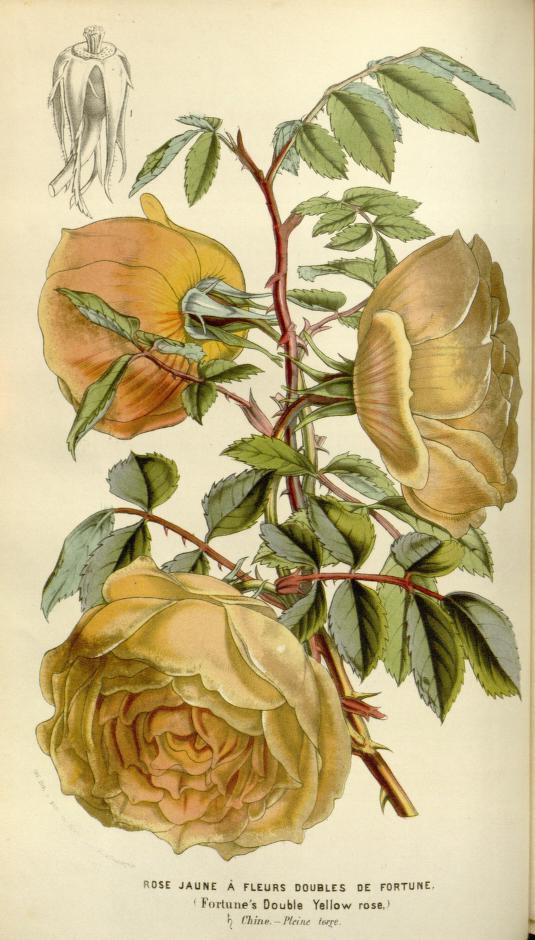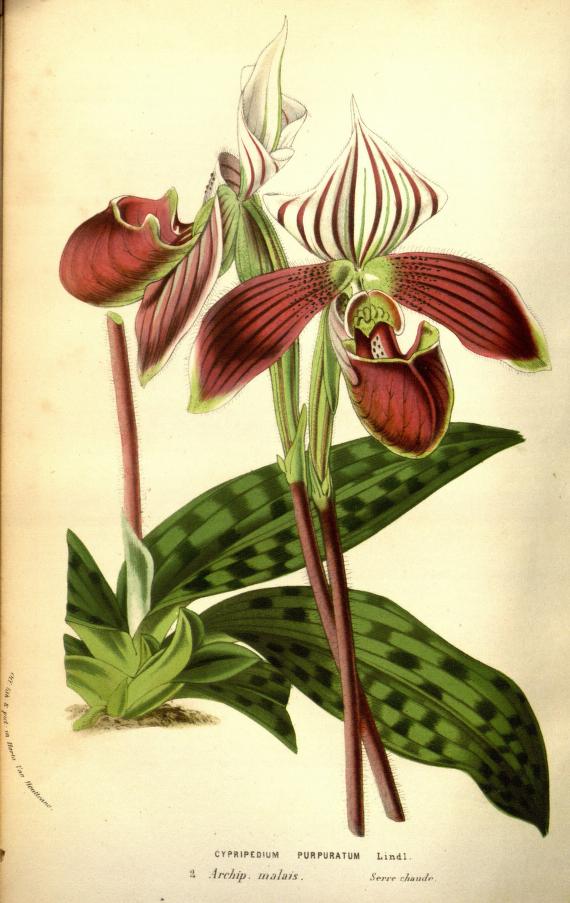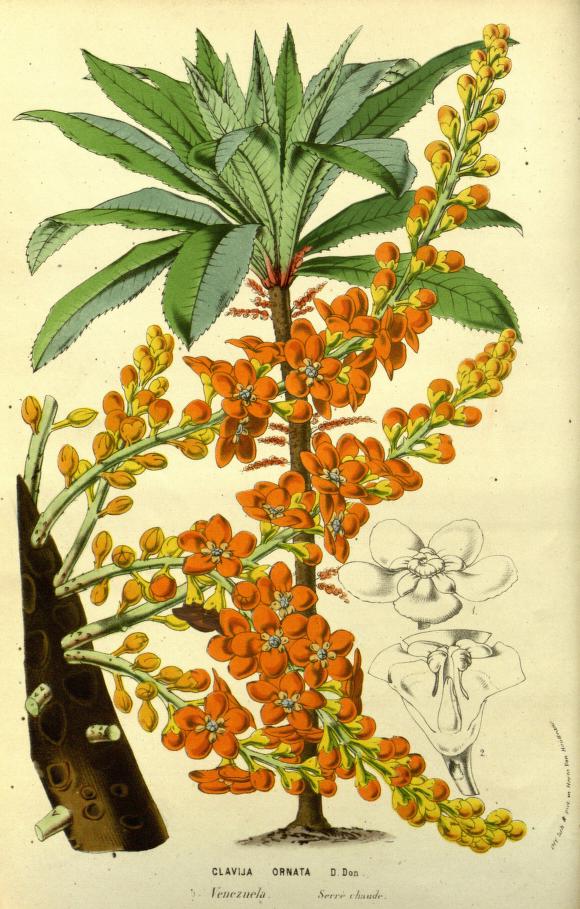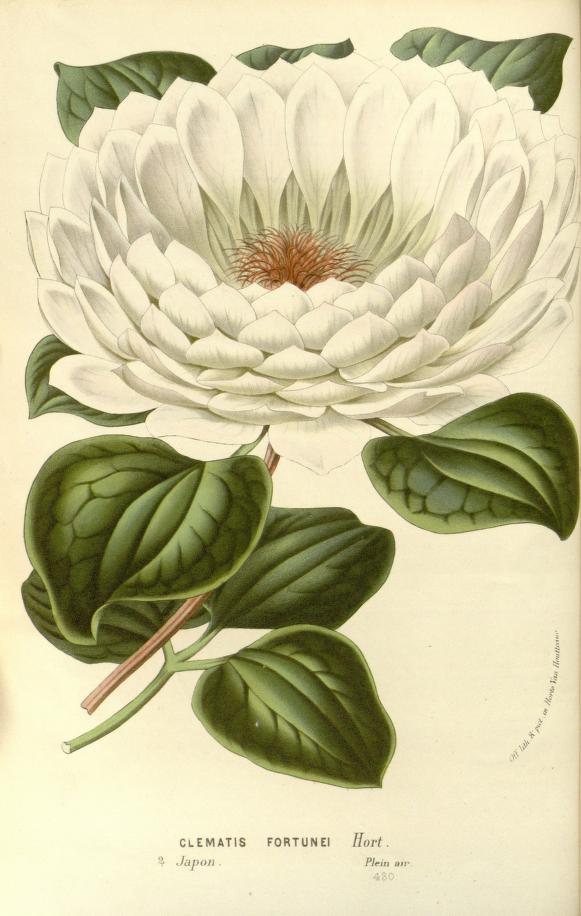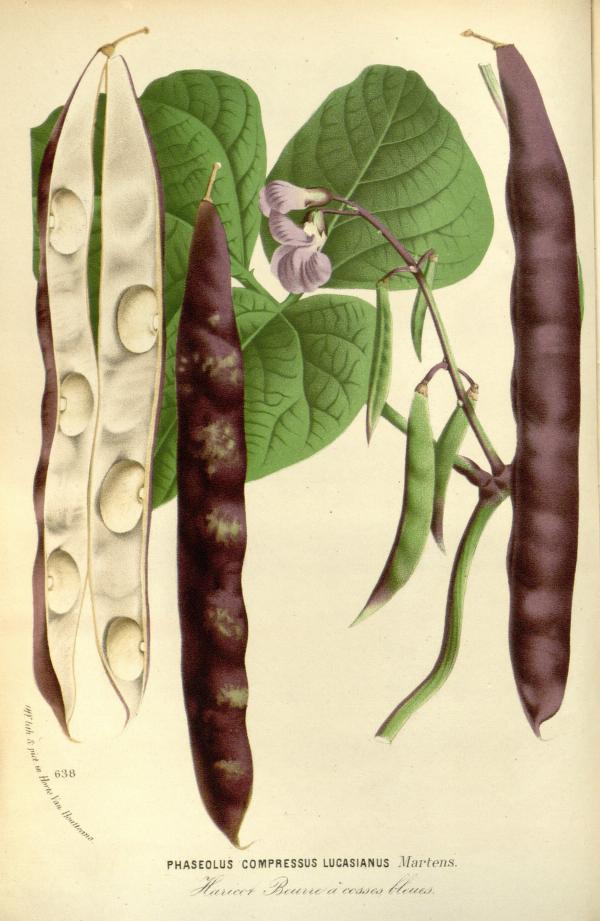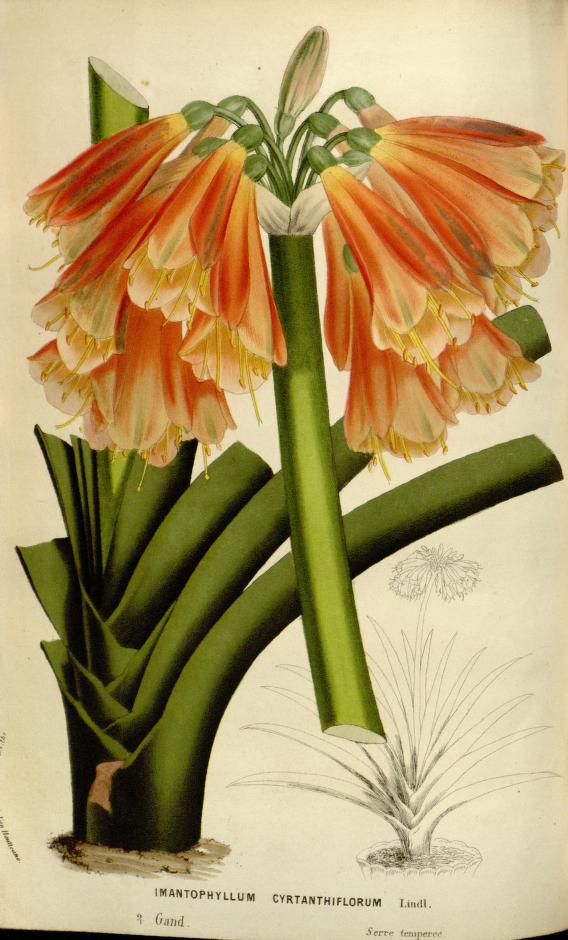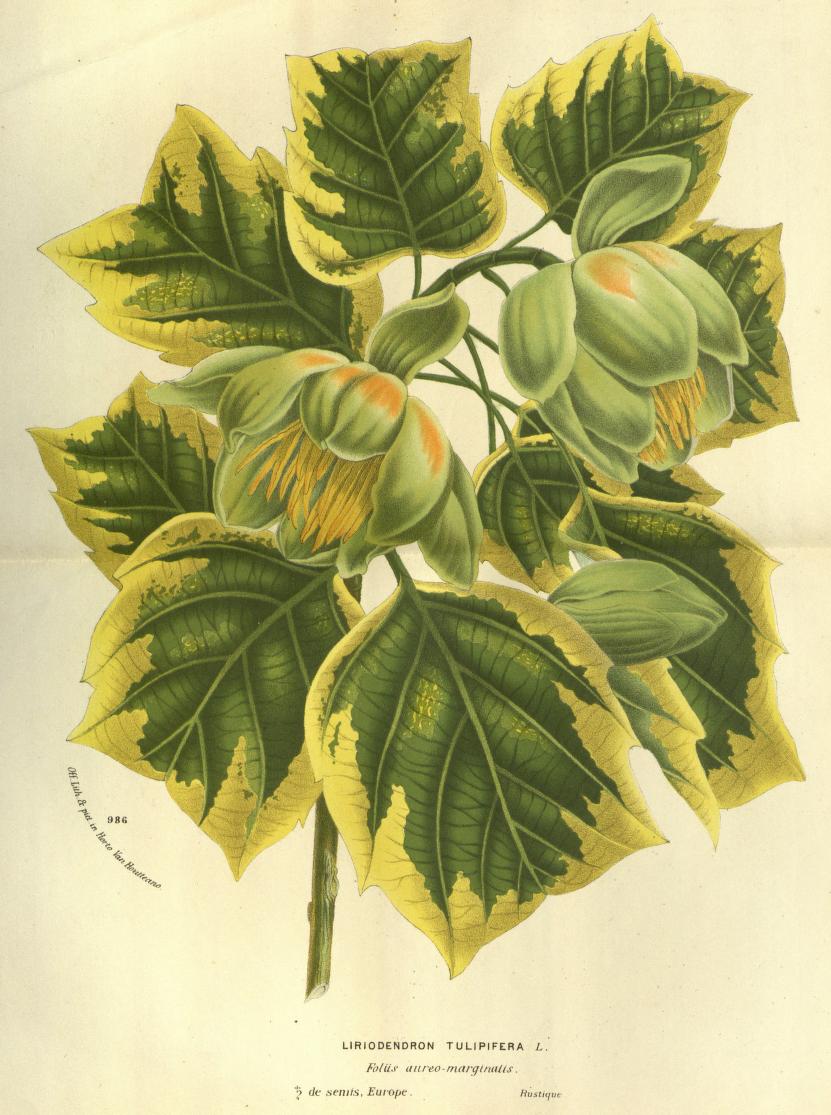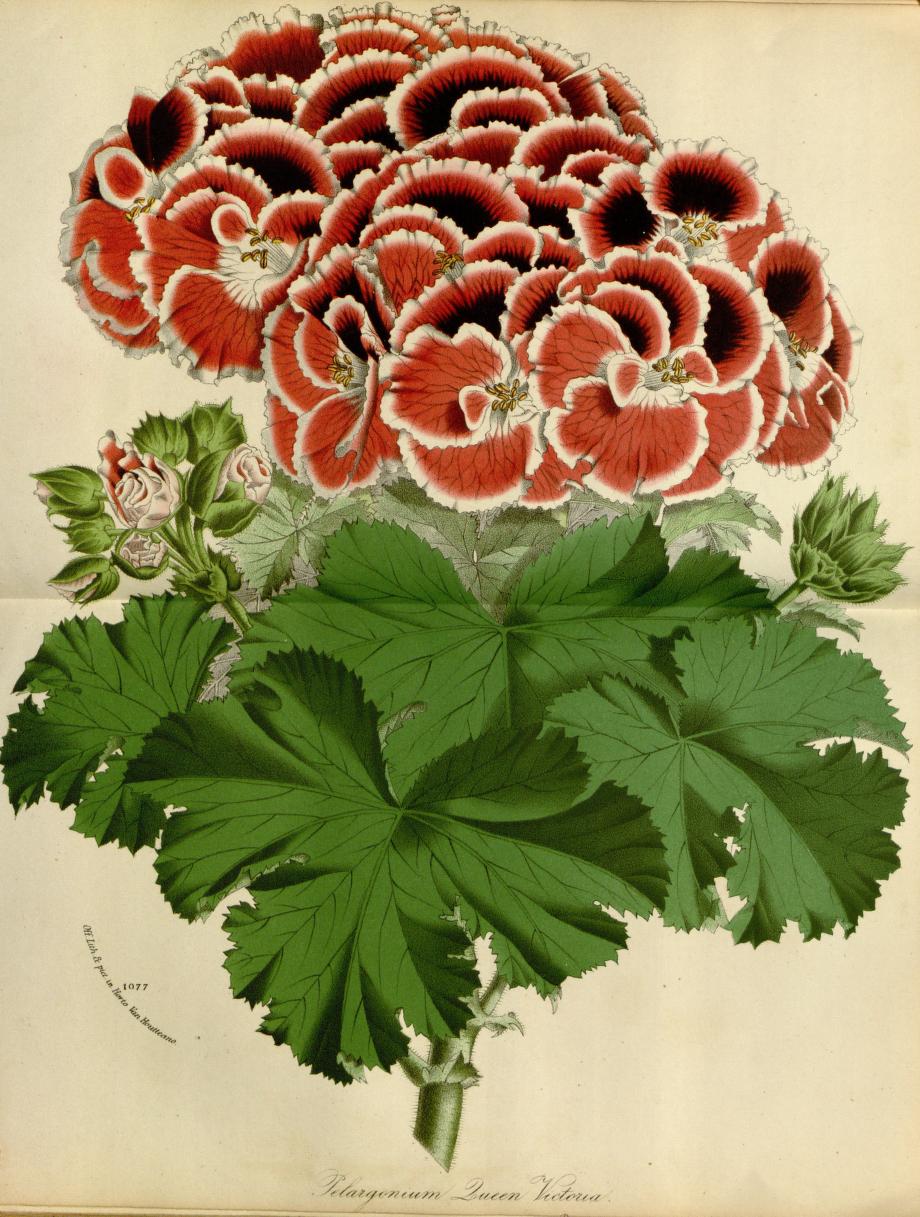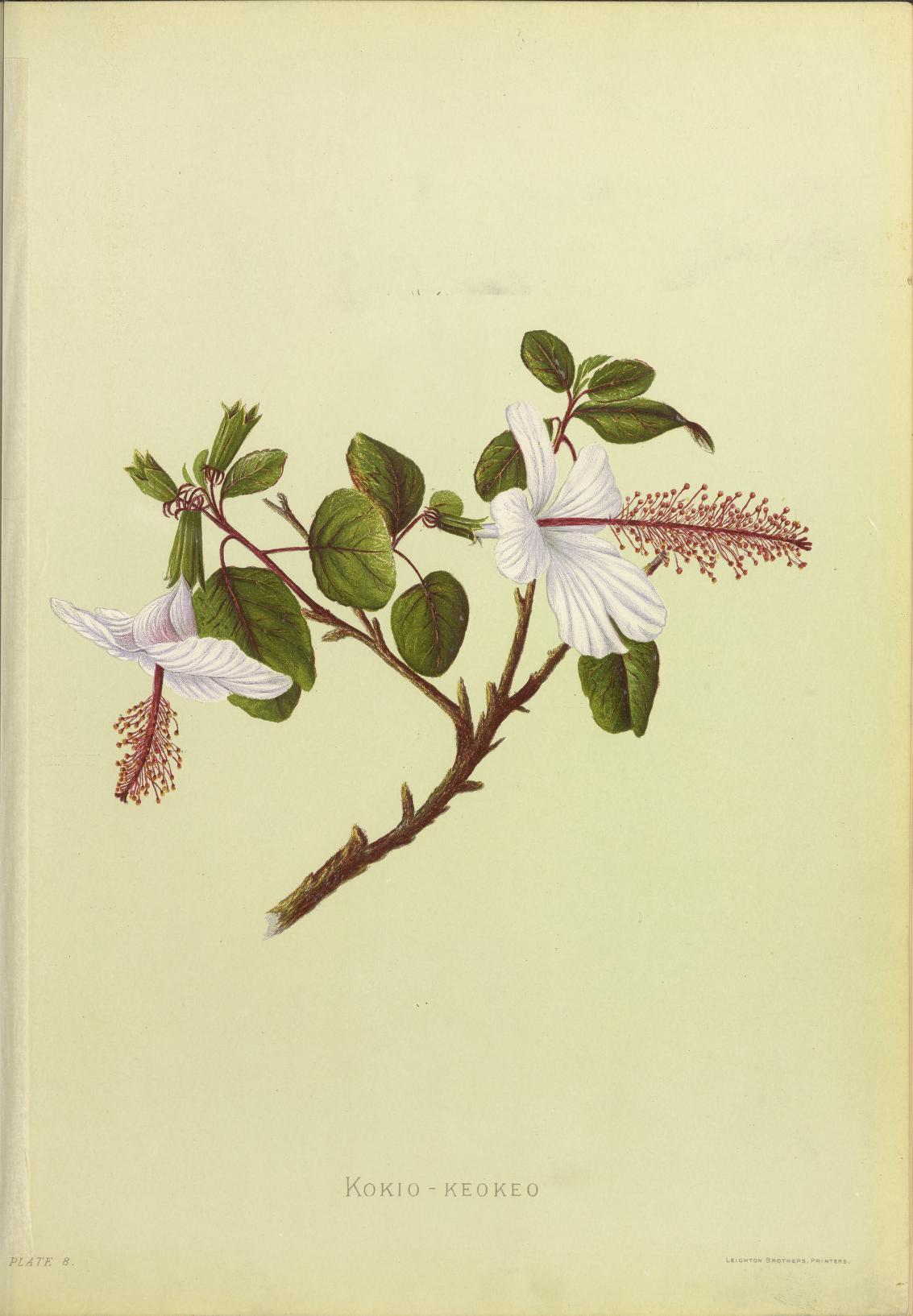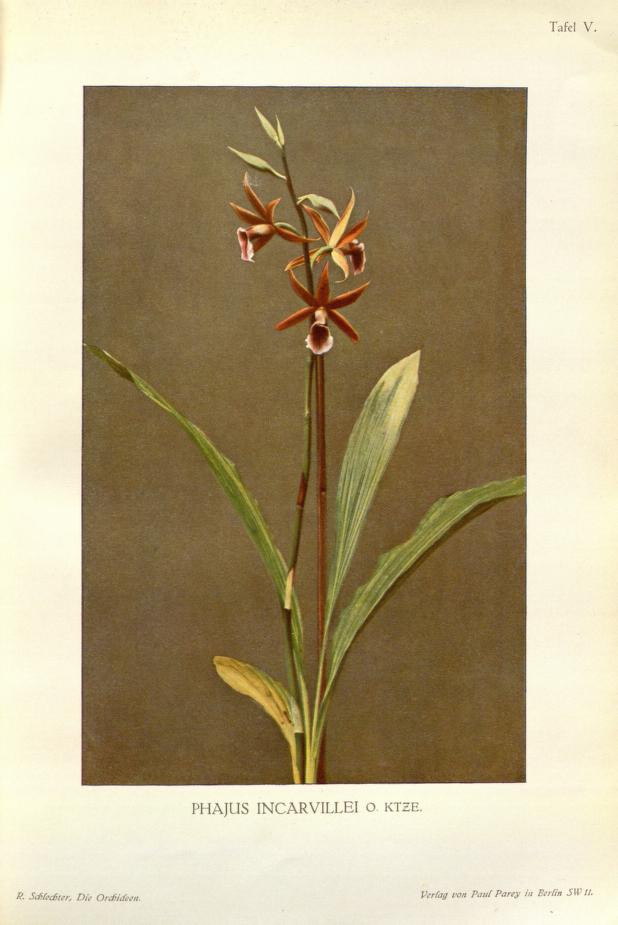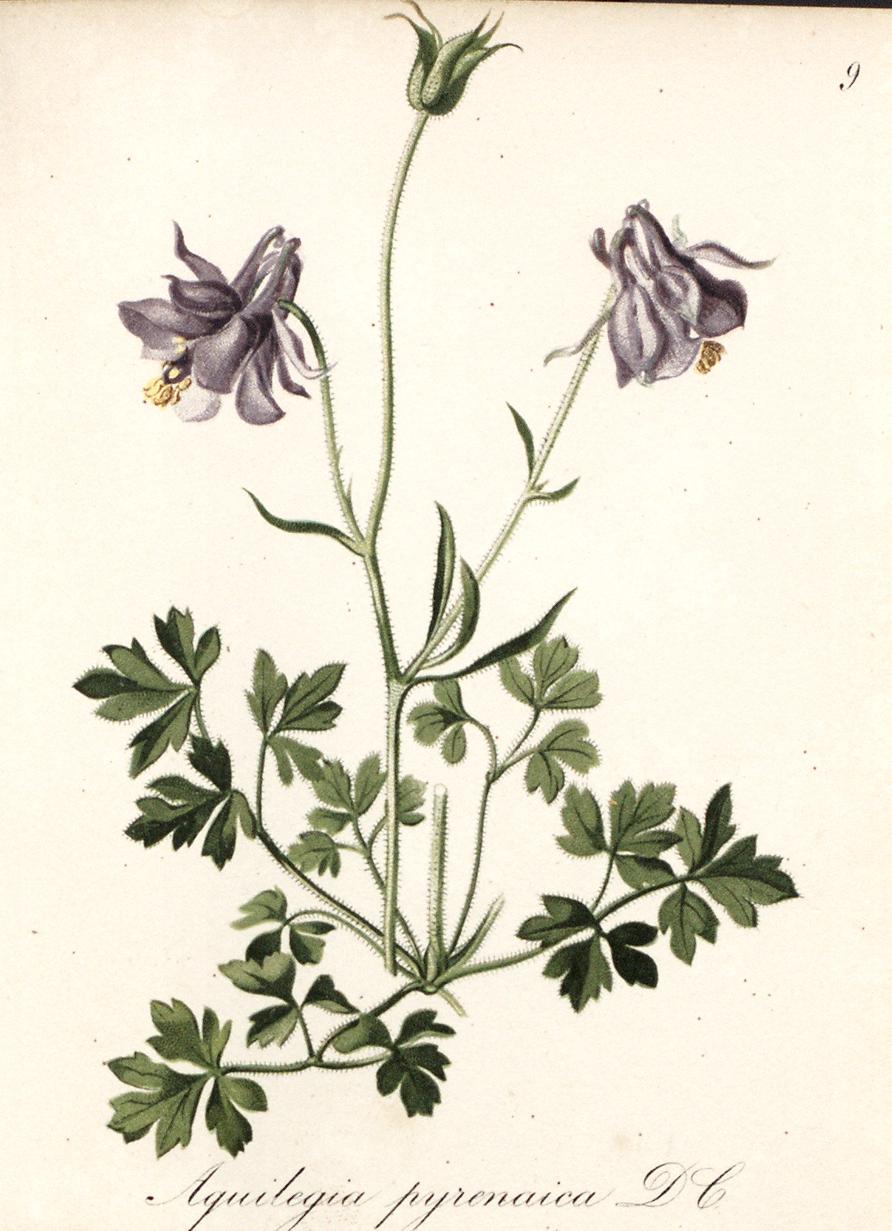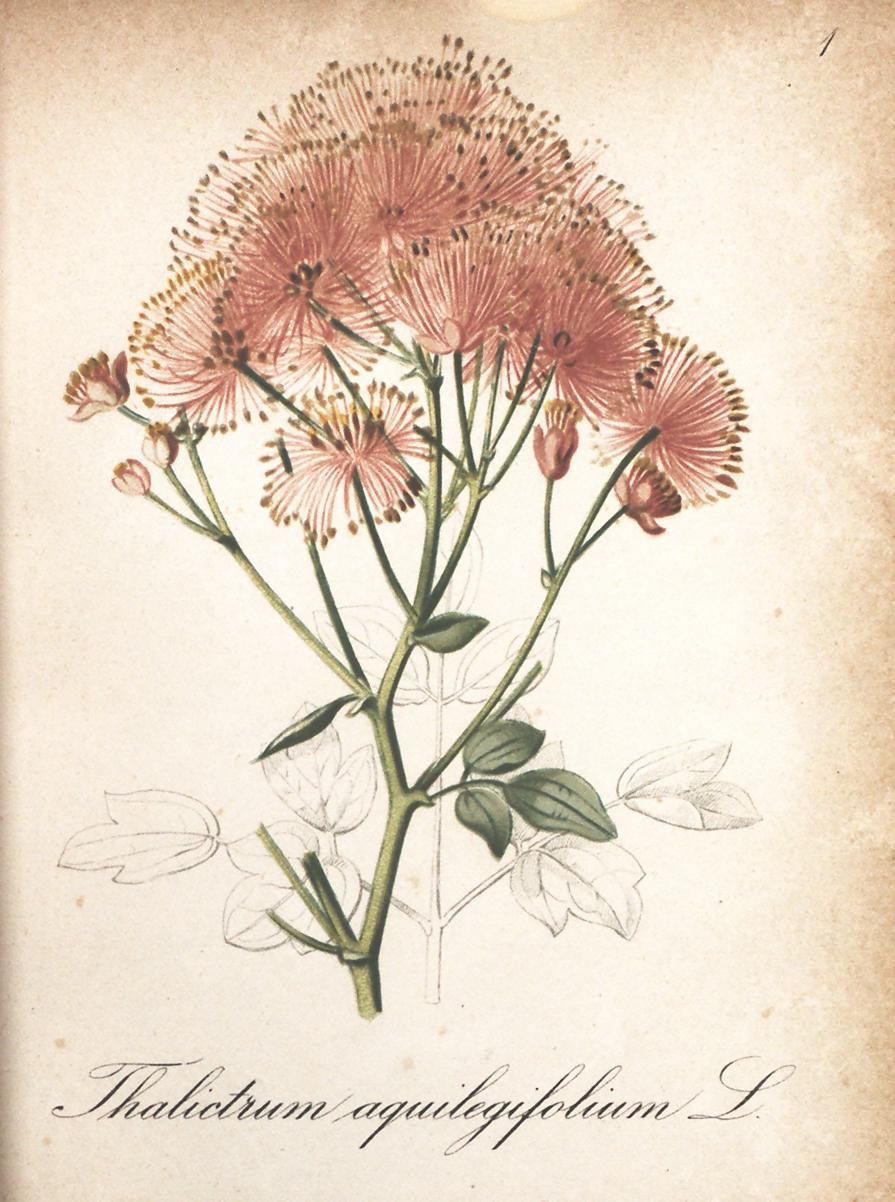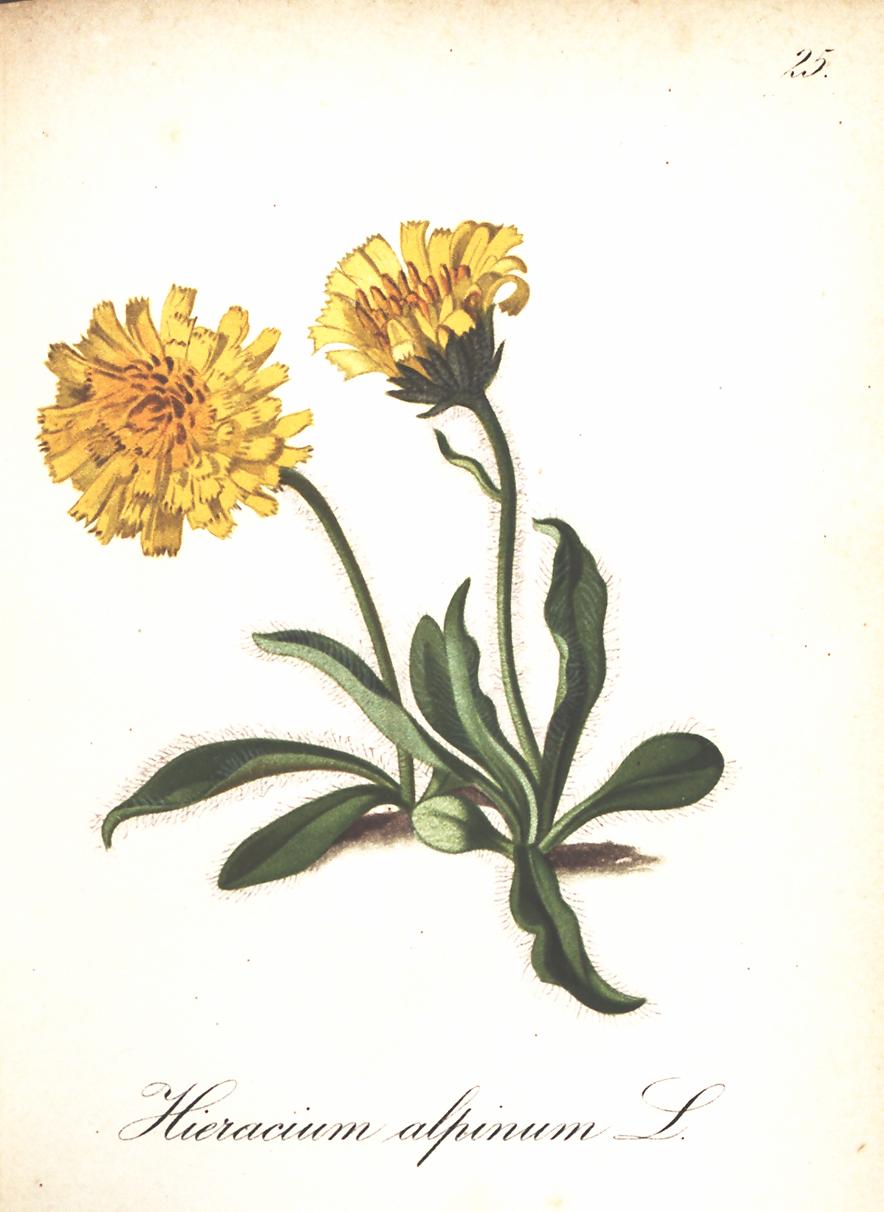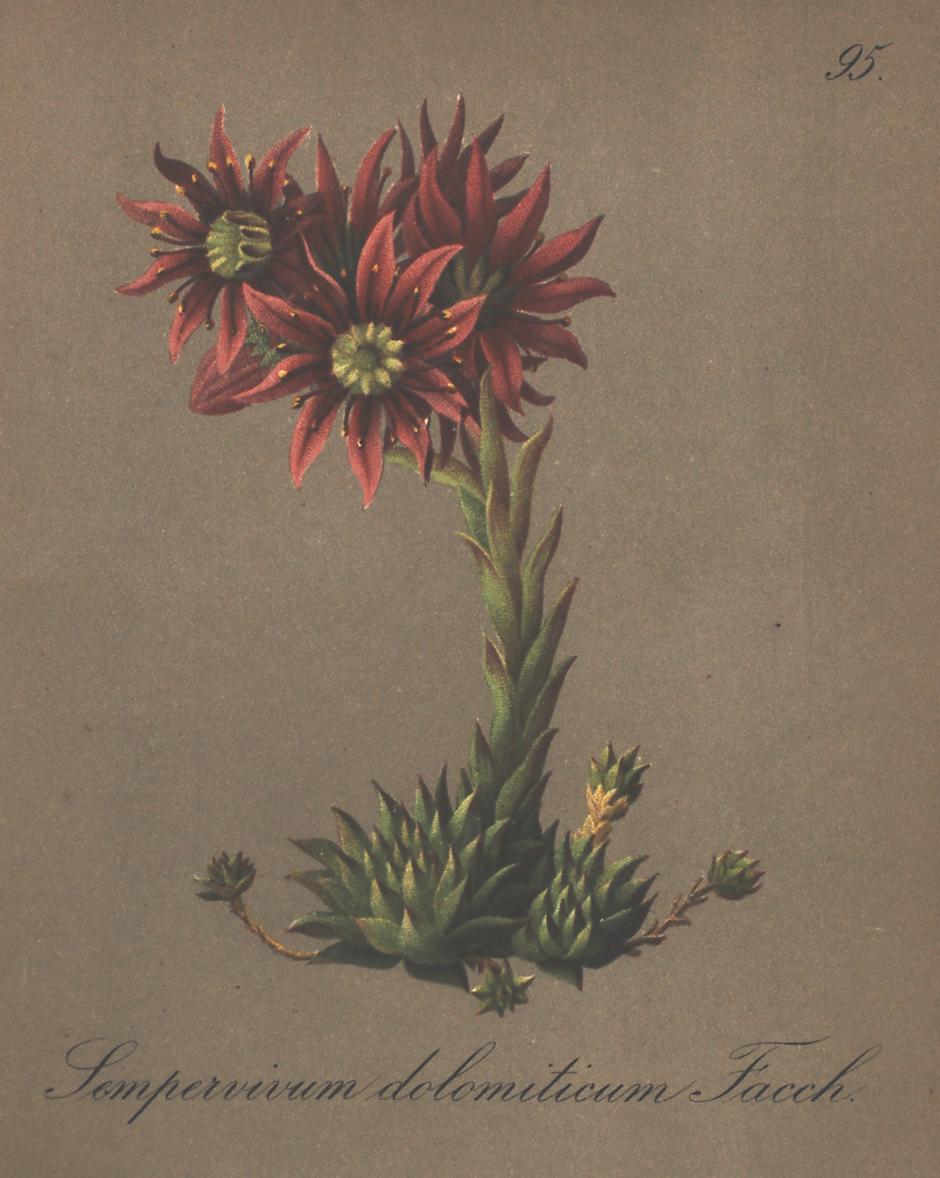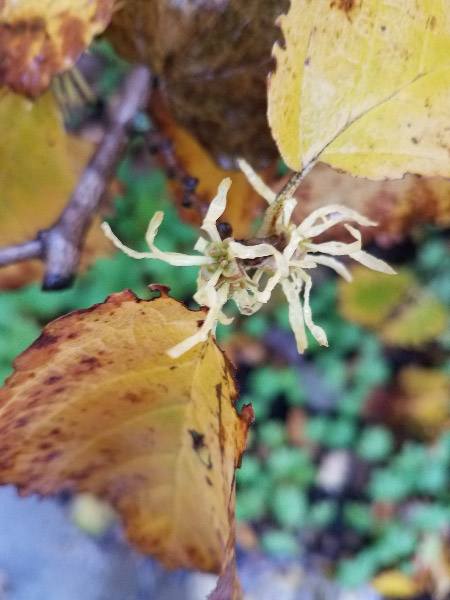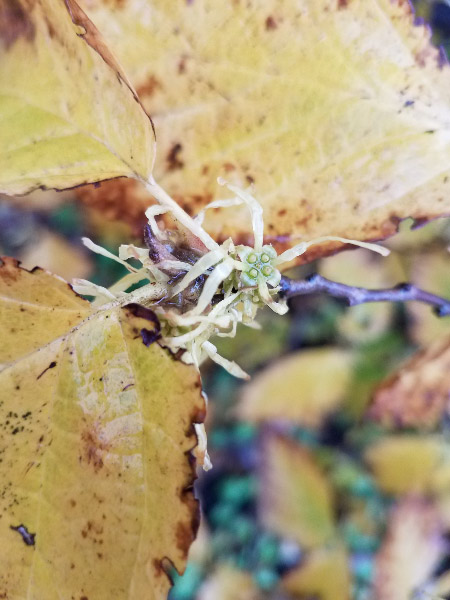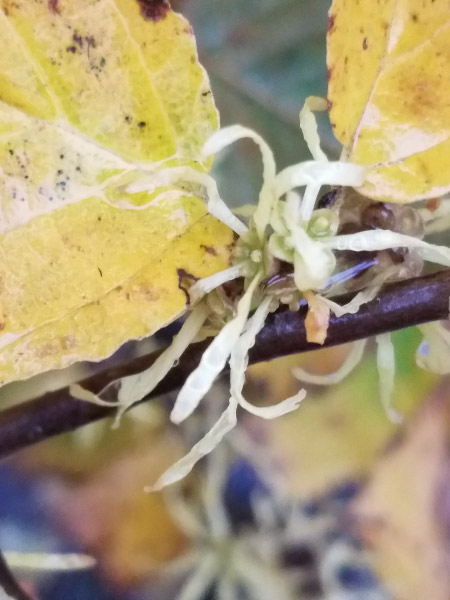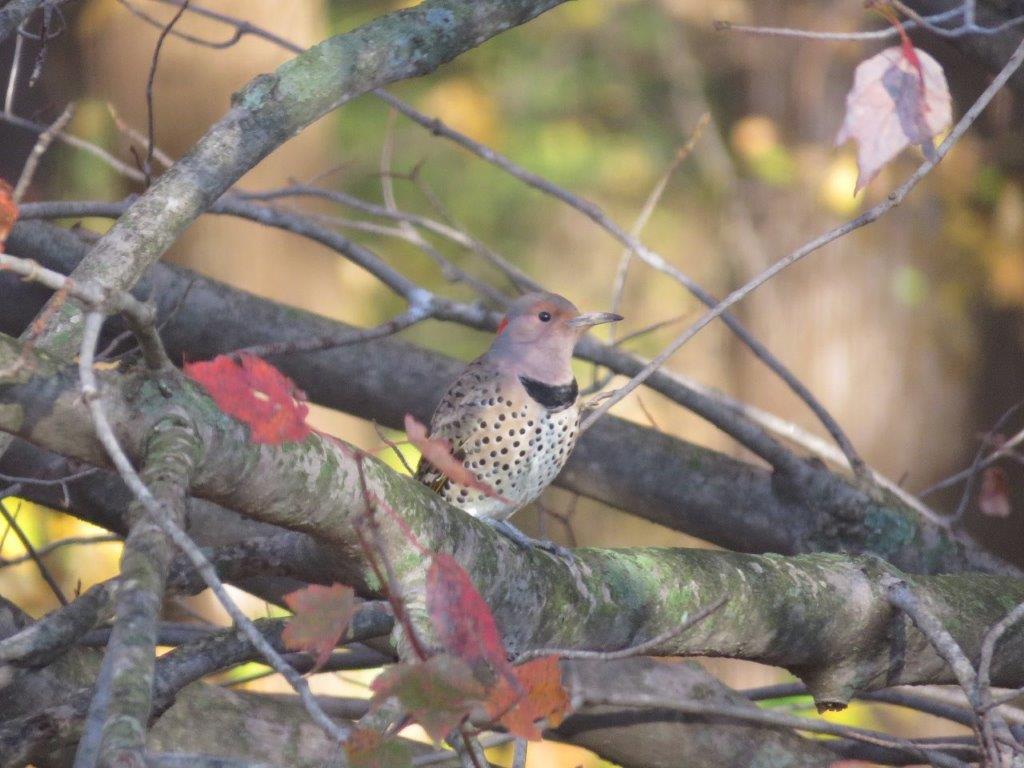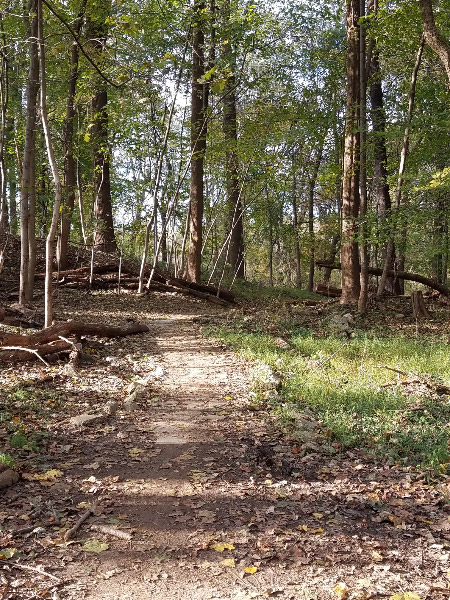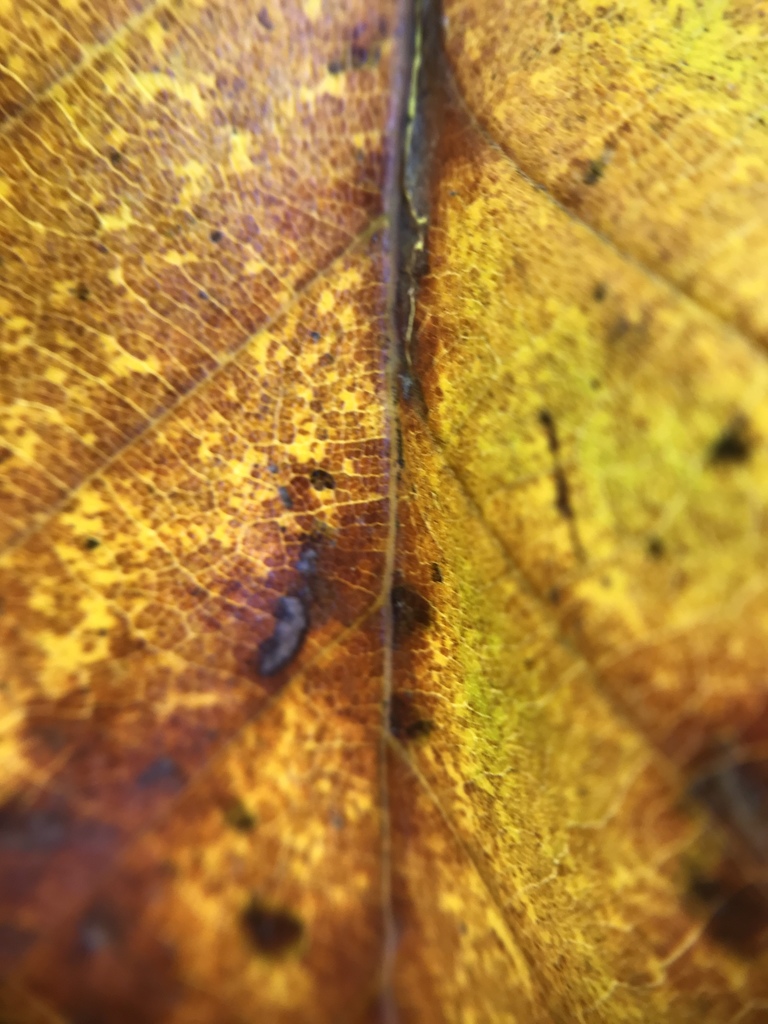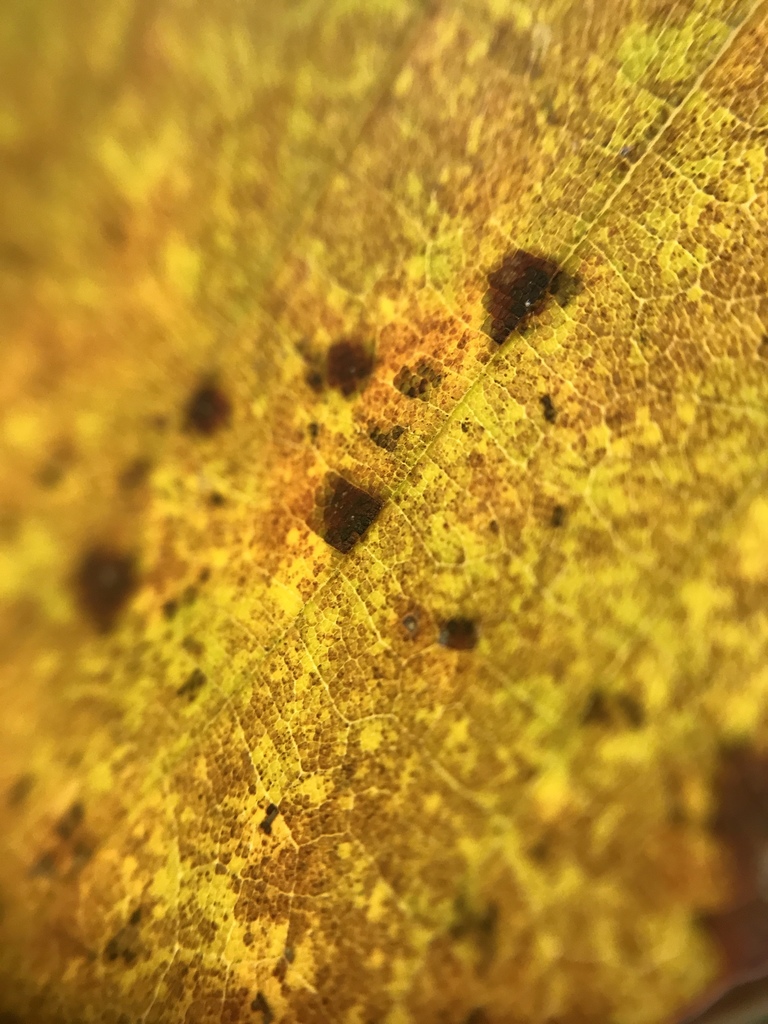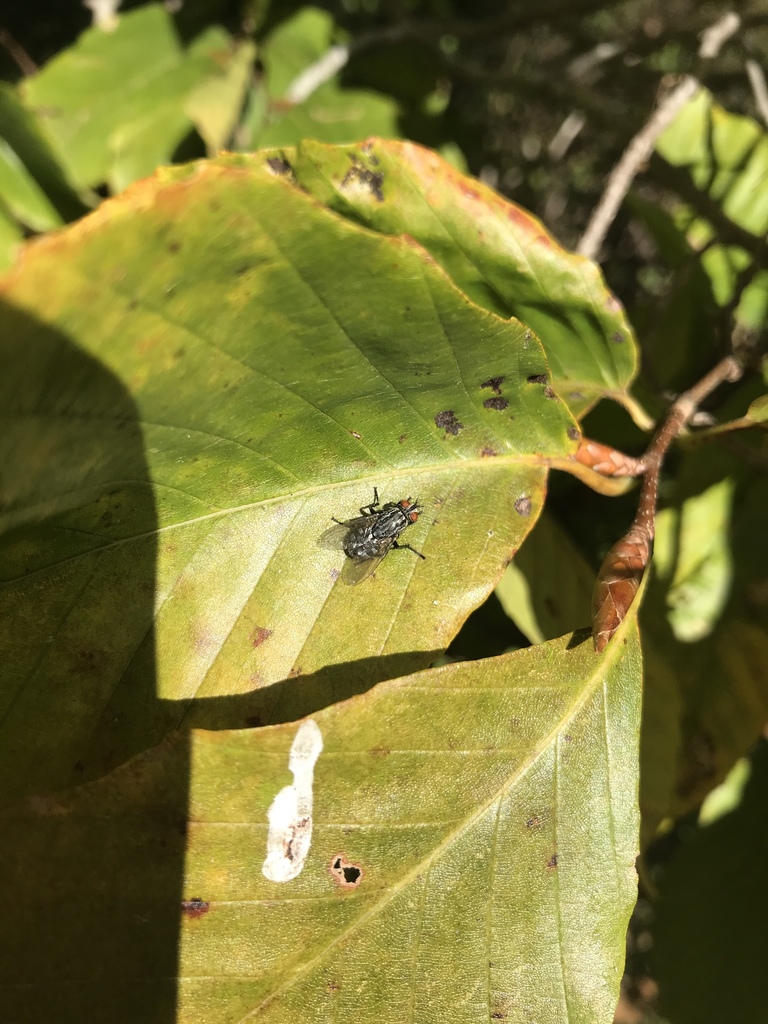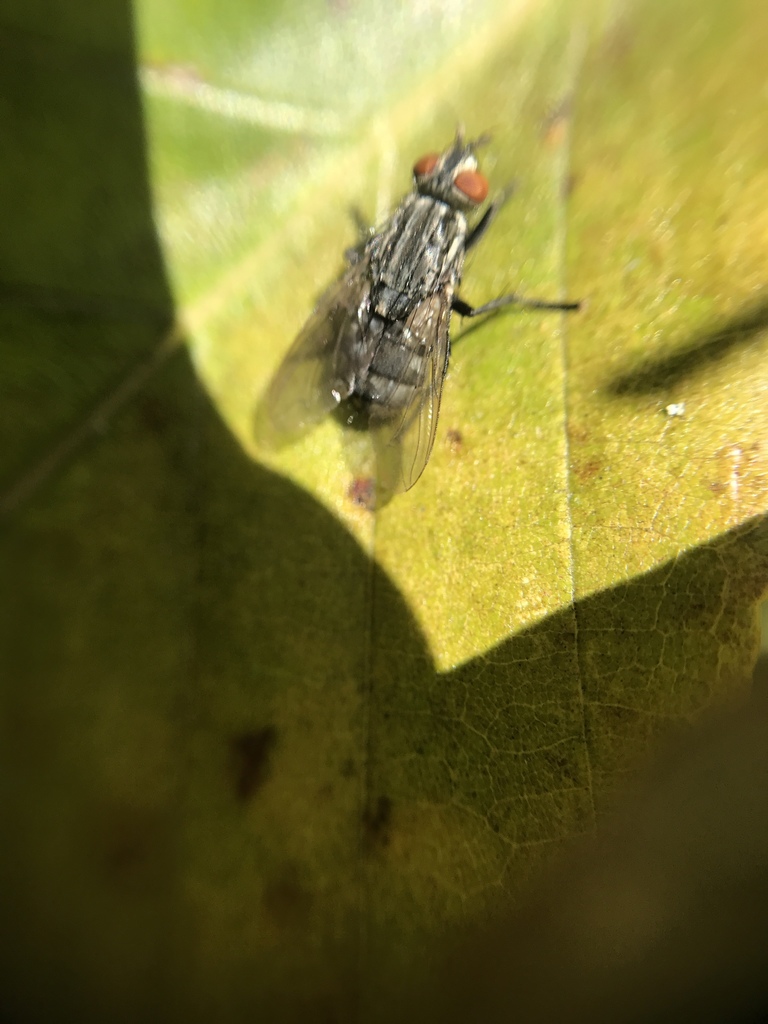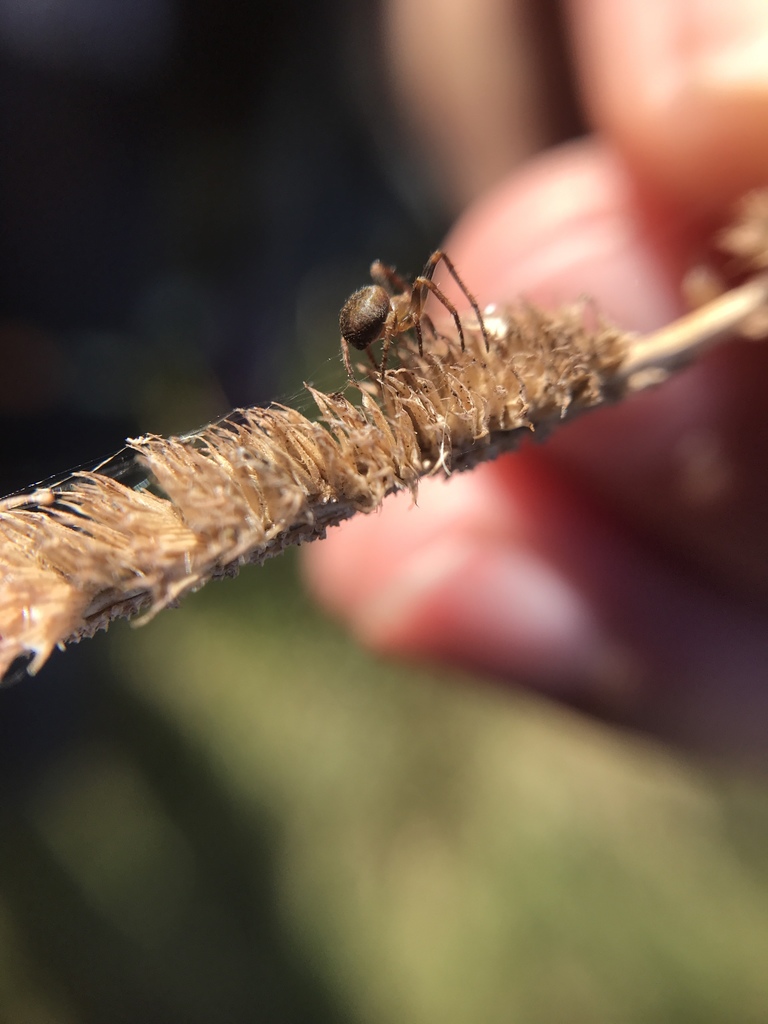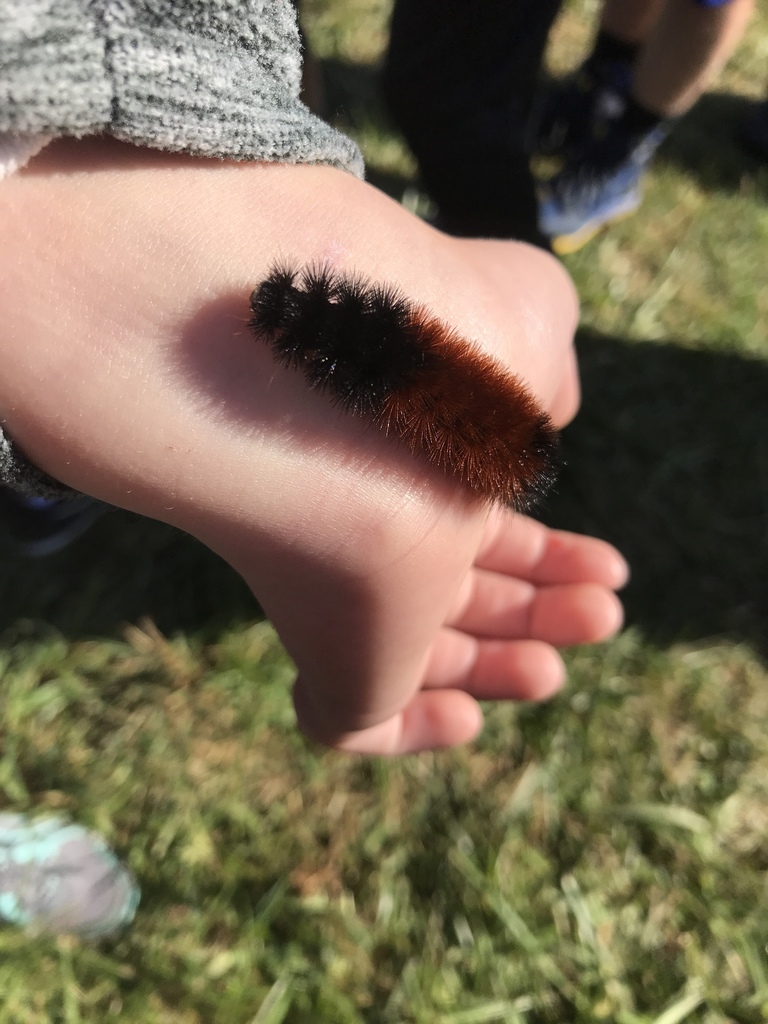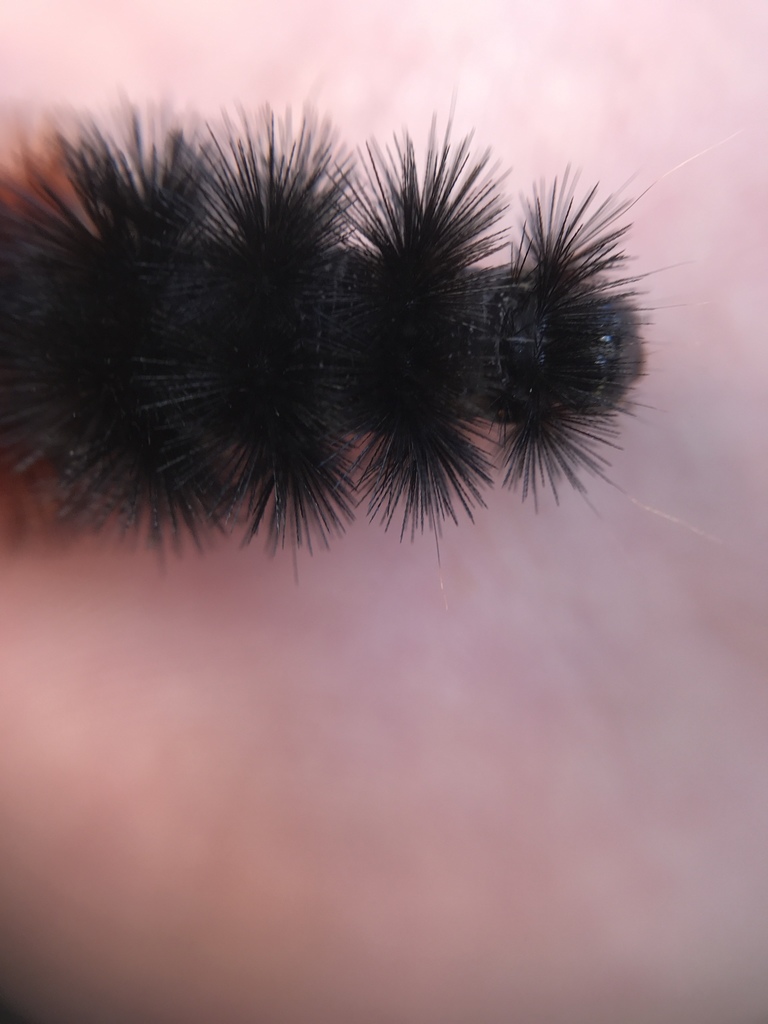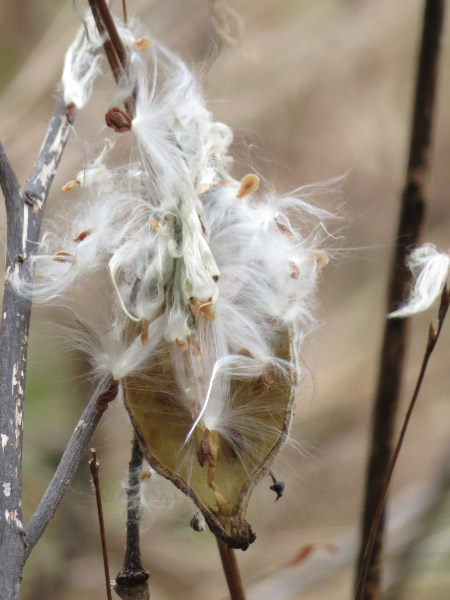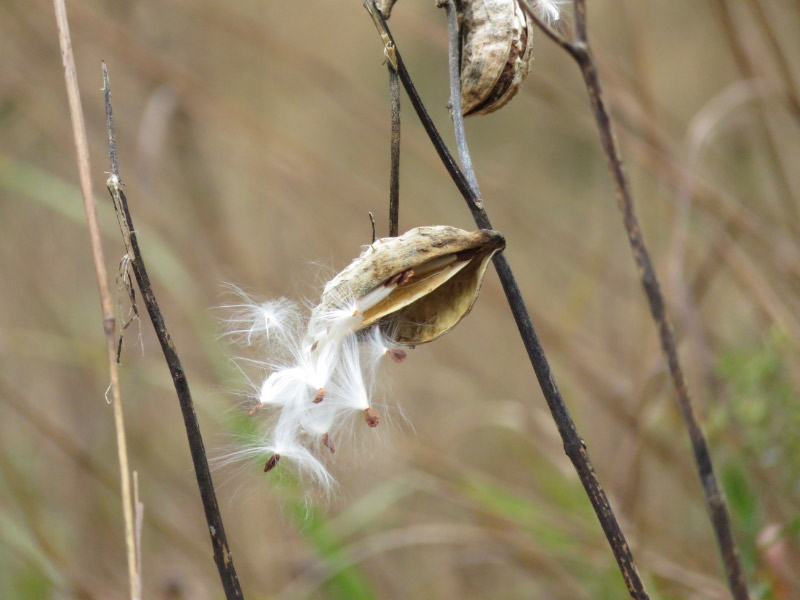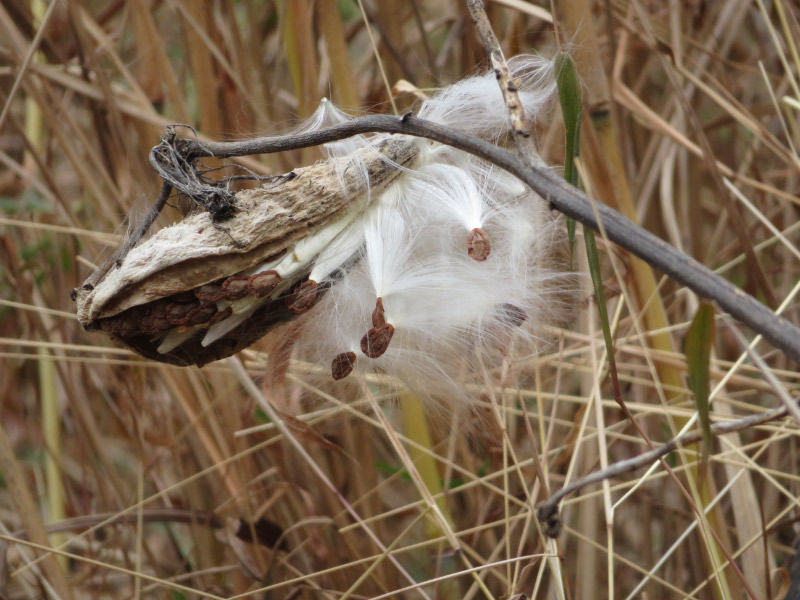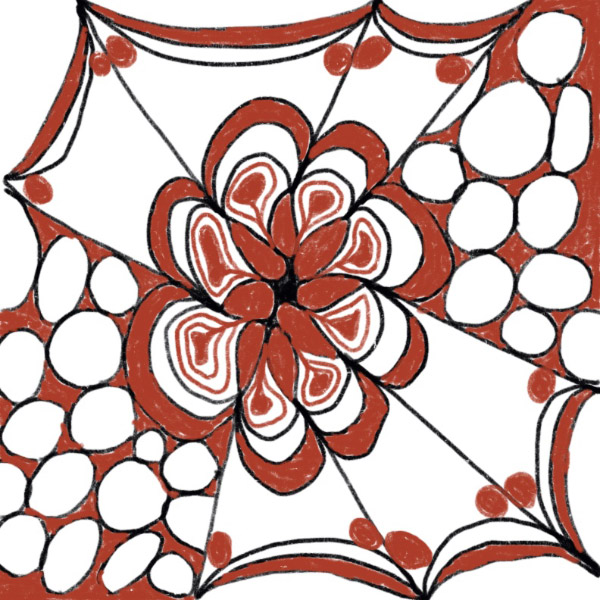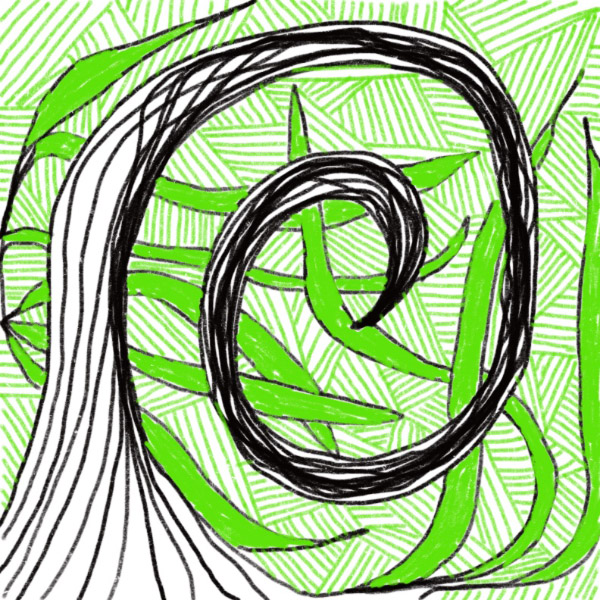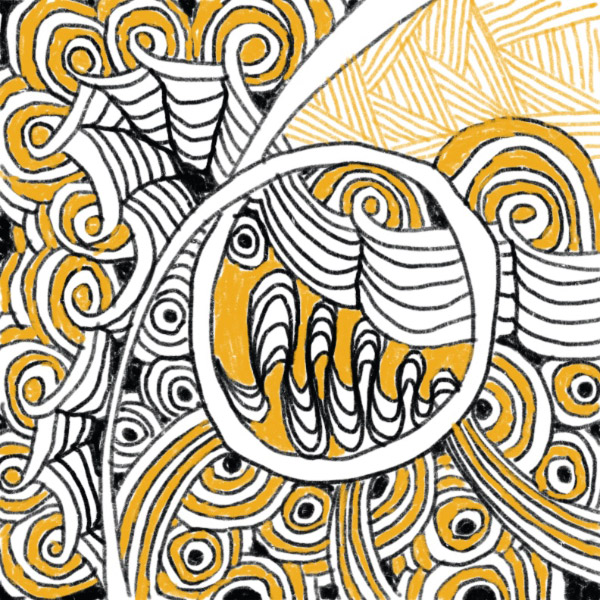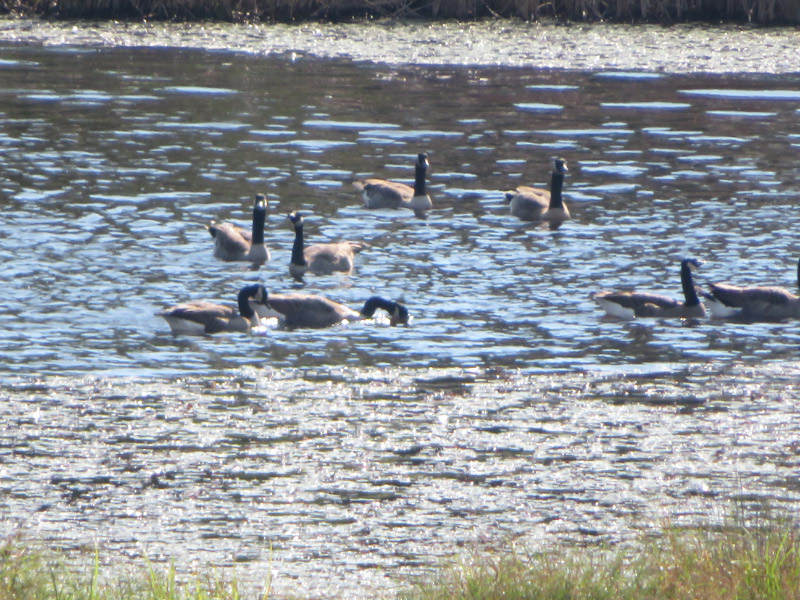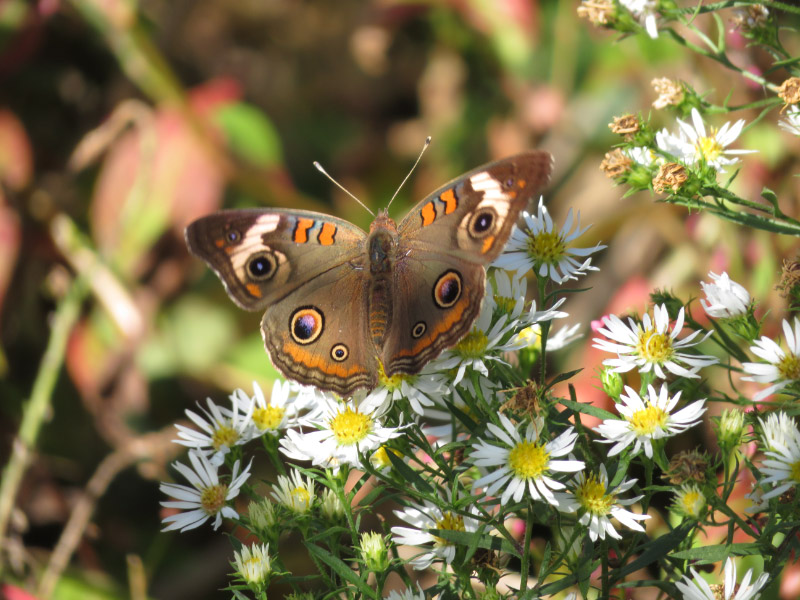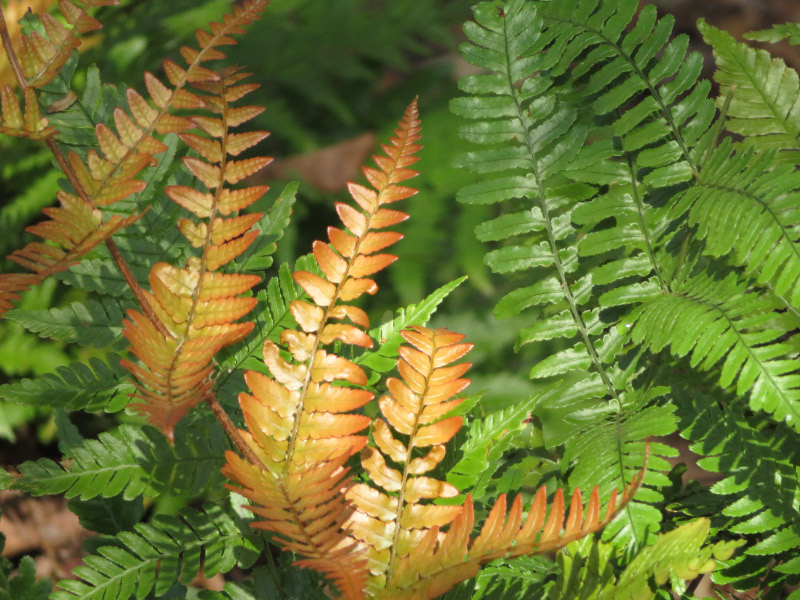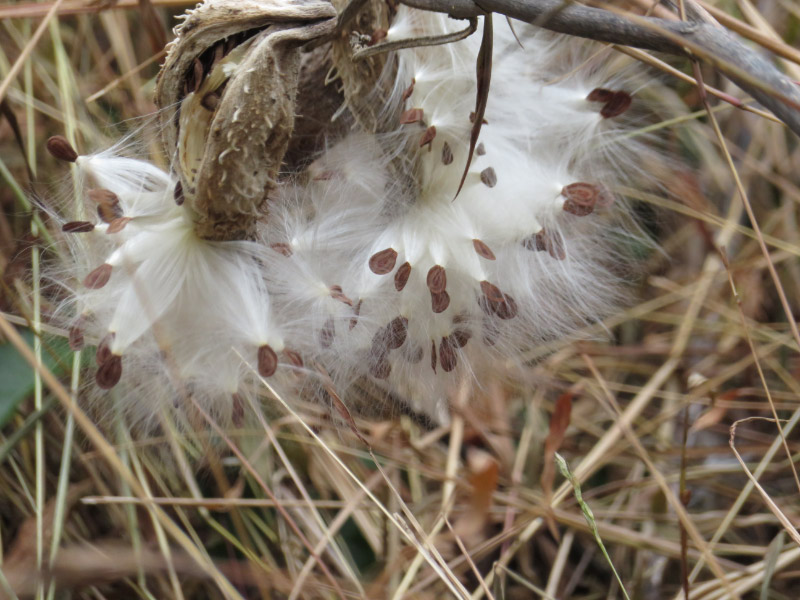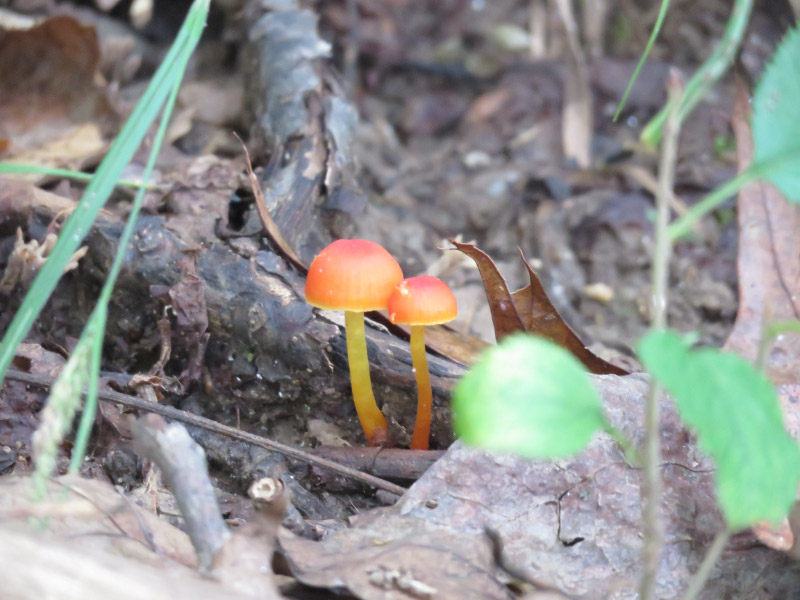The items below were ‘the cream’ of the articles and websites I found this past week. Click on the light green text to look at the article.
Planned intermittent fasting may help reverse type 2 diabetes, suggest doctors: And cut out need for insulin while controlling blood glucose -- ScienceDaily – There needs to be follow up study…but if this works, maybe it should be some everyone with type 2 diabetes tries.
10 States Now Get At Least 20 Percent of Their Electricity from Solar and Wind - Yale E360 – Progress! Hopefully other states will join the club and go beyond 30%. During some months in 2017, Iowa and Kansas, wind accounted for over 50% of in-state electricity generation.
Largest ever genetic study of blood pressure -- ScienceDaily – So much for find a root cause for high blood pressure. There are lots of genes and there is overlap with life-style exposures to things like fruit, water, tea, caffeine, alcohol, and salt. It’s complicated!
Too much vitamin A may increase risk of bone fractures -- ScienceDaily – Another study about the danger of getting ‘too much’ via vitamin supplements.
Top 25 Wild Bird Photographs of the Week: Courtship Displays – National Geographic Blog – The treat of bird photos!
Redrawing the Map: How the World’s Climate Zones Are Shifting - Yale E360 – Interesting summary…hardiness zones on the move, Tornado Alley is shifting, the tropics are getting bigger, the Sahara desert is bigger, the 100th meridian has shifted eastward by 140 miles.
The Enchanting History of Notre Dame Cathedral's Famous Gargoyles and Grotesques – The stone carvings are pitted…but the sculptures are still awesome.
BBC - Future - How a daily 10-minute exercise could boost your happiness – The 10-minute exercise is jot down the answer to 6 questions each day: 1) What experiences, however mundane, gave you pleasure? 2) What praise and feedback did you receive? 3) What were the moments of pure good fortune? 4) What were your achievements, however small? 5) What made you feel grateful? 6) How did you express kindness? It’s a good way to end the day on a positive note!
U.S. Air Pollution Deaths Nearly Halved Over Two Decades - Yale E360 – A good trend but there were still 71,000 deaths in 2010 attributed to air pollution – more than traffic accidents and gun shootings combined. Air pollution remains a public health issue.
The chemistry of Venus flytraps in C&EN – I’ve always been fascinated by carnivorous plants. This infographic describes how it take two hairs to trigger the closing of the trap…that it only takes 0.1 seconds to close…and then up to 5 days to digest the insect.






































